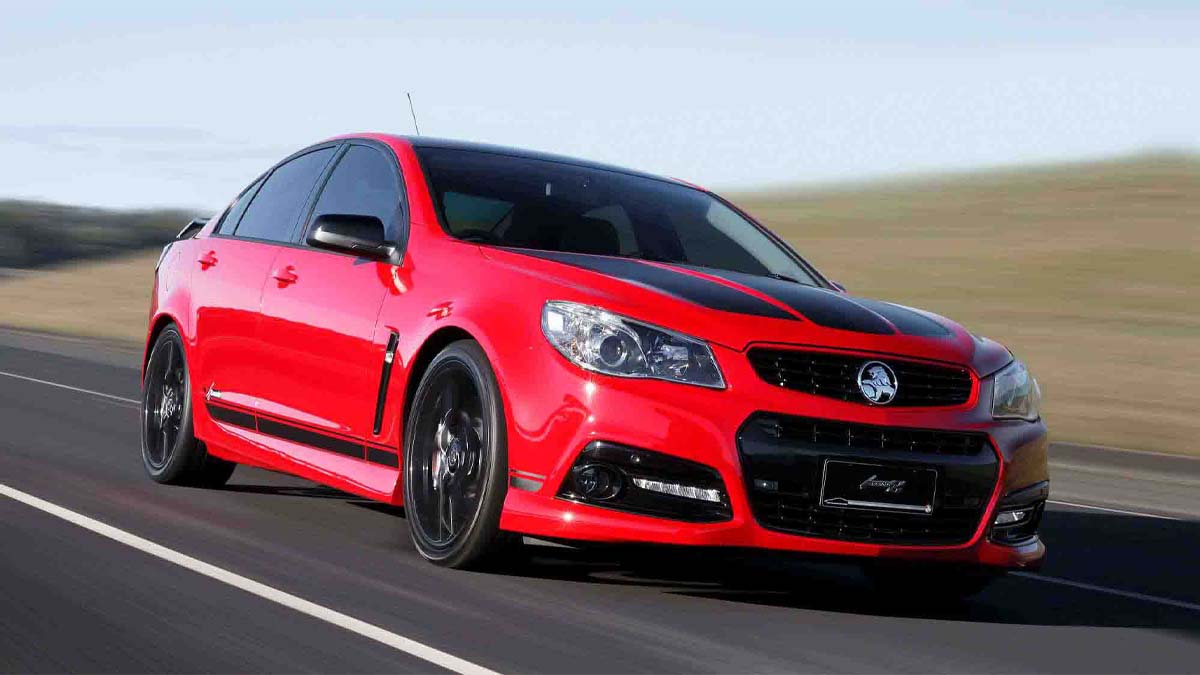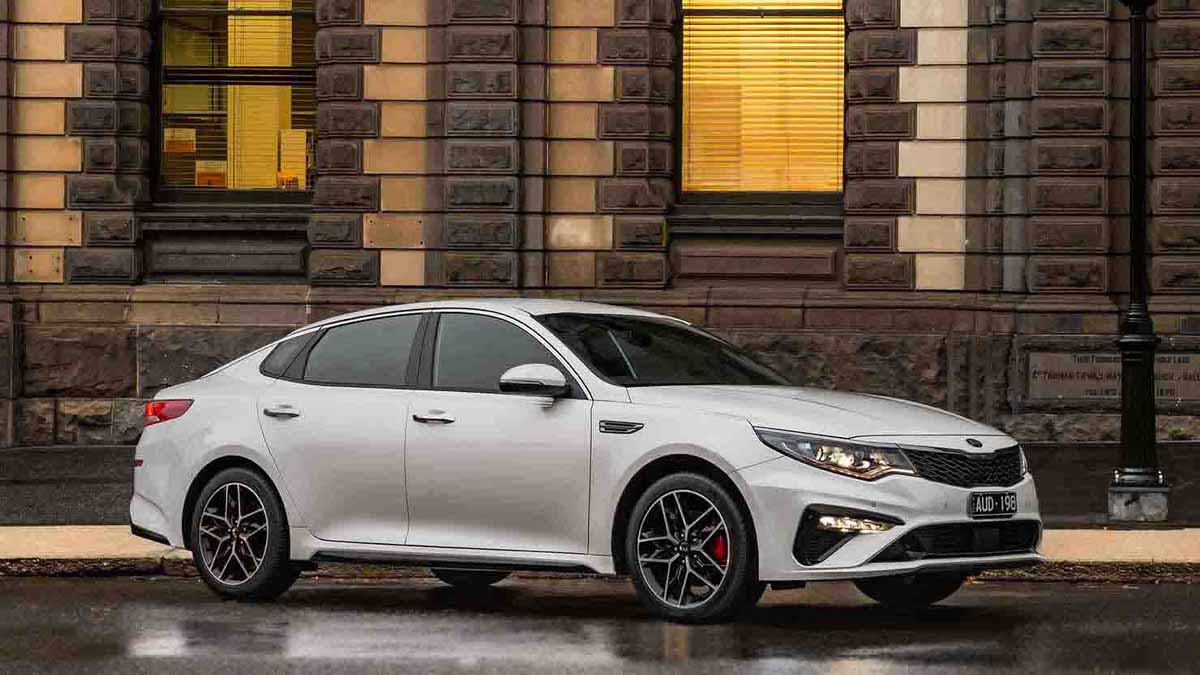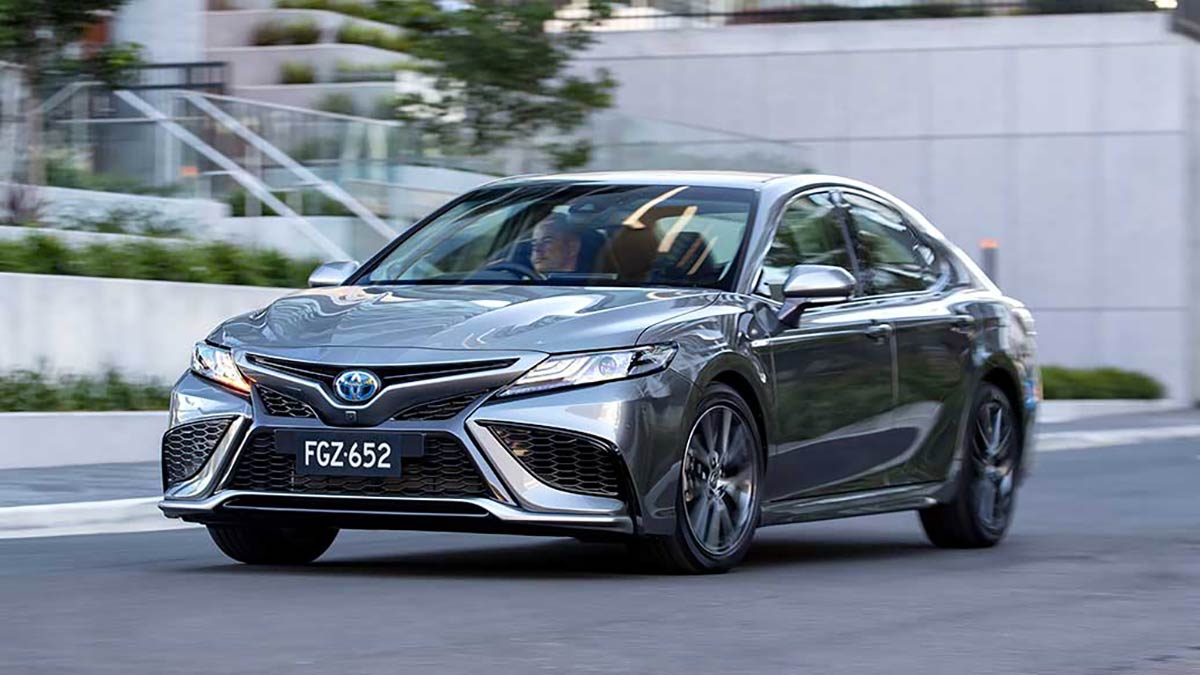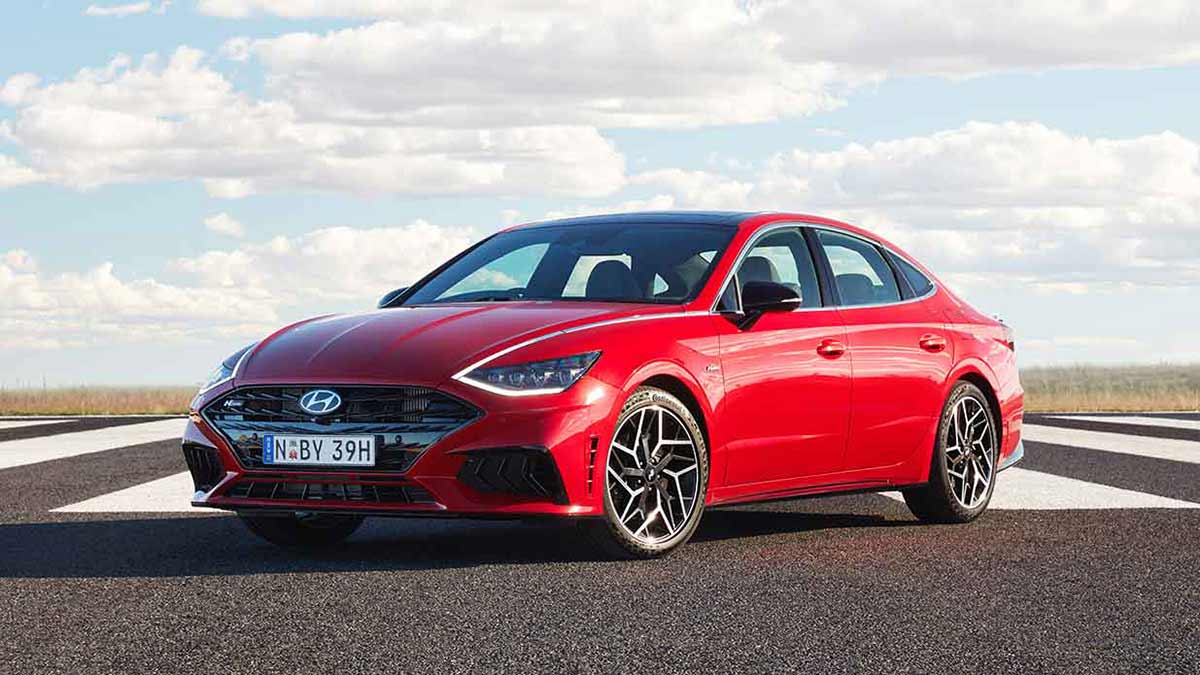Learn what to do when your car breaks down in Victoria, with step-by-step safety tips, what to check, and who to call for help across the state.
Is this the death of the sedan?

Once the top pick for Australian families, sedans are now a dying breed.
It wasn’t too long ago that sedans ruled the roads in Australia. The three-box design has been around for more than 100 years, but its very existence is currently under threat from SUVs and utes.
In 2001, large and medium passenger sedans (and wagons) outsold the emerging SUV segment by more than double. The top-selling cars in Australia that year were the locally built Holden Commodore and Ford Falcon.
Fast forward to 2021, and the medium and large sedan/wagon segment makes up just over 20,000 sales year to date, compared with more than 334,000 SUVs in the same period. There were just 41 different SUV models on sale back in 2001. Now, there are more than 120.
The allure of a higher ride height, the perception of a larger, more flexible interior and the visual appeal of a vehicle that looks like it can tackle treacherous terrain – even though many of them cannot – are key reasons why SUVs are king and sedans are now niche.
The demise of Australian icons
Cars like the Commodore and Falcon were staples for Aussie families for decades until the early 2000s, when they started to lose their lustre. While many people were downsizing to smaller cars, an influx of SUVs came to market.
The Australian automotive landscape is littered with dead sedan nameplates that once sold in their thousands each year. Of course, the two most obvious casualties are the Commodore and Falcon – both designed, engineered and built in Australia for Australian conditions. Ford dropped the Falcon name when it closed its local factories in 2016, but Holden infamously slapped the Commodore badge on a new Opel Insignia-based German-made model in 2018.
While it was a decent car, Australians never accepted a Commodore that wasn’t rear-wheel drive, didn’t have a V8 option, wasn’t a sedan (it was a liftback) and was not built here. Holden swiftly pulled it from the line-up in late 2019, just months before General Motors pulled the pin on the Holden brand forever.
Ford tried to fill the Falcon-sized gap with the criminally underrated European-built Mondeo medium liftback and wagon, but due to invisible sales, it was dropped from Ford’s Australian line-up. The car-maker announced a few months ago that it would be ditching the Mondeo globally. Ford of America has killed off all passenger cars, except the iconic Mustang sportscar, to concentrate on more profitable SUVs and pick-ups.
Another iconic locally-built sedan is Mitsubishi’s Magna (later called the 380), which was dropped when the Japanese company closed its Adelaide manufacturing plant in 2008. Mitsubishi pulled the plug on the Lancer small sedan a couple of years back as part of its strategy to focus on SUVs and light-commercial vehicles.
More sedans booted
Nissan is now without a sedan following the demise of the slow-selling Altima in 2017. Like Ford, Nissan is moving away from traditional passenger cars, dropping all but the Leaf EV and the 370Z and GT-R sportscars in favour of SUVs and utes. Nissan will reportedly end the development of new versions of its sedans in its home market, Japan.
More recently, Subaru announced that it was discontinuing its highly regarded Liberty sedan after 31 years. The original Liberty burst onto the scene in 1989, transforming Subaru from a manufacturer of workhorses like the Brumby ute and Leone wagon to a genuine contender in the semi-premium passenger car space.
The striking Kia Optima is among the long list of otherwise excellent sedans to get the chop in recent years. The third-generation Optima marked a turning point for the Kia brand. The first Kia model penned by former Audi designer Peter Schreyer, who now oversees all design at the massive Hyundai Motor Group, the Optima shook up the medium sedan segment and helped elevate Kia from cheap and cheerful to a desirable global automotive brand.
Other worthy mentions are the Honda Accord Euro, which was ditched in 2015 after two impressive generations. Honda still sells the US-focused Accord in middling numbers in Australia. Historically, the Accord was one of Honda’s top-selling models, finding 17,579 homes in 2005, compared to just 165 last year.
Chrysler has already ended US production of its big 300 sedan for right-hand drive markets like Australia, and stock is about to dry up at local dealerships.
Other medium or large sedans that have disappeared in recent years include the Citroen C5, which has just been reborn as a crossover, the Kizashi – Suzuki’s first and only attempt at a medium sedan – and premium fare like the Volvo S90 and Lexus GS.
Light on popularity
Once upon a time, you could go to a dealership and buy a tiny light car as a hatchback or sedan. But about ten years ago, they all started to disappear. One by one, they were pulled from the market because no one wanted a tiny city car with a boot, apparently. Sedan versions of the Kia Rio, Holden Barina, Ford Fiesta, Hyundai Accent, Toyota Yaris, Nissan Almera and Mitsubishi Mirage were killed off. More recently, the Jazz-based Honda City and the Mazda2 sedan were quietly discontinued.
One segment up in the small car category, nameplates like the Volkswagen Jetta have disappeared, while Renault has ditched not one but three sedans in the past decade – the Fluence, Latitude and Megane. Ford no longer sells a sedan version of the Focus, and Honda recently confirmed it would only import the Civic hatchback, not the sedan when the new-generation model arrives later this year.
Re-booting the sedan
It’s not all doom and gloom, however, with some sedans maintaining strong sales. Toyota’s Camry might not sell in the sorts of numbers it did when it was manufactured here, but last year Toyota shifted 13,727 examples, more than double the sales of all other mainstream medium sedans and wagons combined. Fleets and Uber operators are big fans of the Camry, but it’s still popular among private buyers too.
Premium sedans like the Mercedes-Benz C-Class and CLA, and BMW 3 Series, still attract solid numbers, even though it’s a fraction of the sales of equivalently sized SUVs from those brands.
There’s been a marked shift in sedan design in recent years too. Manufacturers have finally worked out that there is still consumer interest in sedans, providing they’re sleek and sporty. Skoda’s Octavia RS performance variant is one of the Czech marque’s top sellers, the Kia Stinger holds appeal for those lamenting the loss of the V6 Commodore, the new Hyundai Sonata N-Line is a striking performance sedan, and the Peugeot 508 is one of the sexiest cars on the market. Granted, some of these are technically liftbacks, but they look like sedans.
Chinese buyers still love sedans, and they regularly outsell SUVs. Last year the best-selling model in China was the Nissan Sylphy, followed by the Volkswagen Lavida – both sedans. Larger limo-like sedans such as the Audi A6 and Mercedes-Benz E-Class are favoured among high-ranking government officials.













